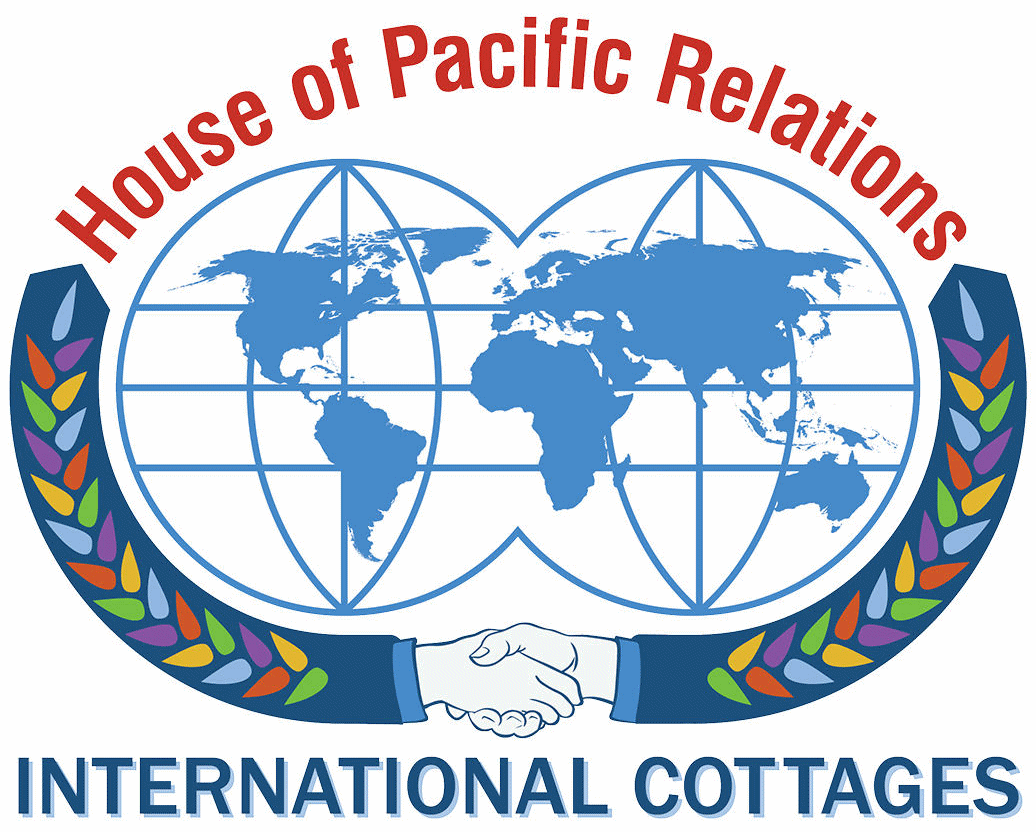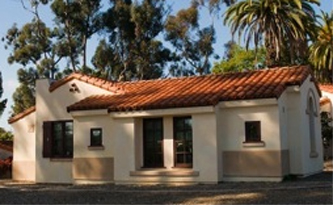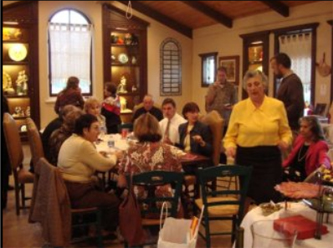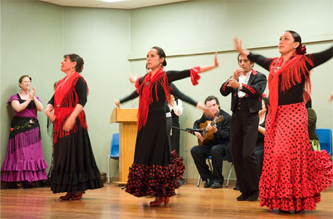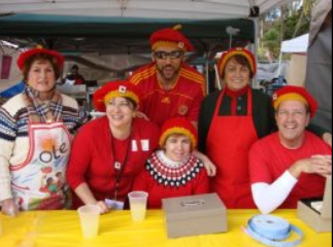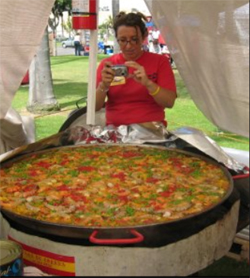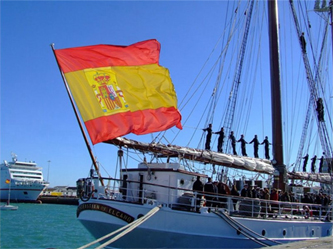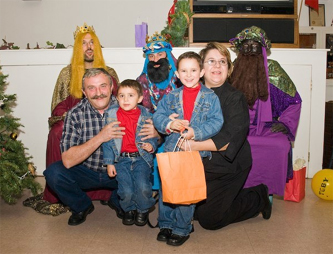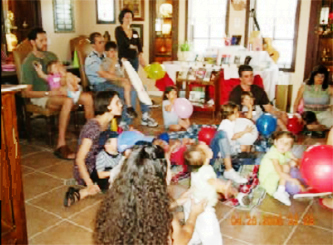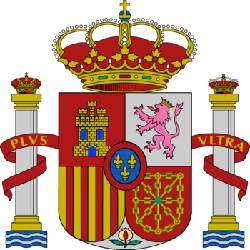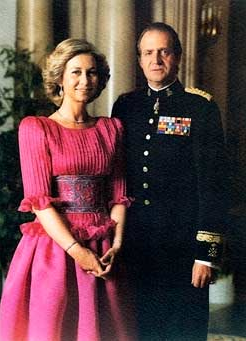
|
CULTURAL PROGRAMS |
|
Dance classes: Spanish Culture – Flamenco Three components make up the flamenco; cante - the song, baile - the dance and the guitarra - the guitar player. There are two styles in Flamenco, “Jondo” the serious and deep meaning and “Chico” the happy light and sometimes humorous dance. The dance has complex patterns of rhythms and sophisticated footwork with the upper body emphasizing grace and posture. Sister City Society |
||
| |
||
|
CULTURAL EVENTS |
|
Lawn Program: Food served on the Spanish Lawn Program is a traditional "Paella” with chicken, seasoned rice, vegetables and seafood. The paella is cooked in a huge pan called paellera that are traditionally round, shallow and made of polished steel with two handles. Paellas were traditionally served in Valencia during outings in the countryside. Lemonade is usually served that day. Food Fairs: Cabrillo Festival: Special Events: The members also hold several regional and traditional Spanish festivities to celebrate St. John, Dia de la Hispanidad, and others with paellas and pot-lucks about once a month. January 6th, is the day of the” Three Wise Men” where the Kings bring small gifts to the children. The members celebrate this children's festival with sandwiches, a roscón (traditional bread), traditional Spanish thick chocolate, and games. |
||
|
CHILDREN PROGRAMS |
|
Three Kings Celebration Dia de Los Peques |
||
|
HISTORICAL NOTES |
|
Running of the Bulls in Pamplona: In Spain more than 3000 fiestas are staged every year, but the Running of the Bulls Fiesta is one of the most popular in terms of excitement and spectacle. The Tomatina Festival: This tradition began in 1945 when a fight erupted at a carnival crowd and they started to throw tomatoes at each other. This became so much fun that it is a yearly event now. Spanish heritage in San Diego |
||
 |
COUNTRY INFORMATION |
|
Land Area: 504,782 sq km
Source: The World Factbook - Spain |
||
